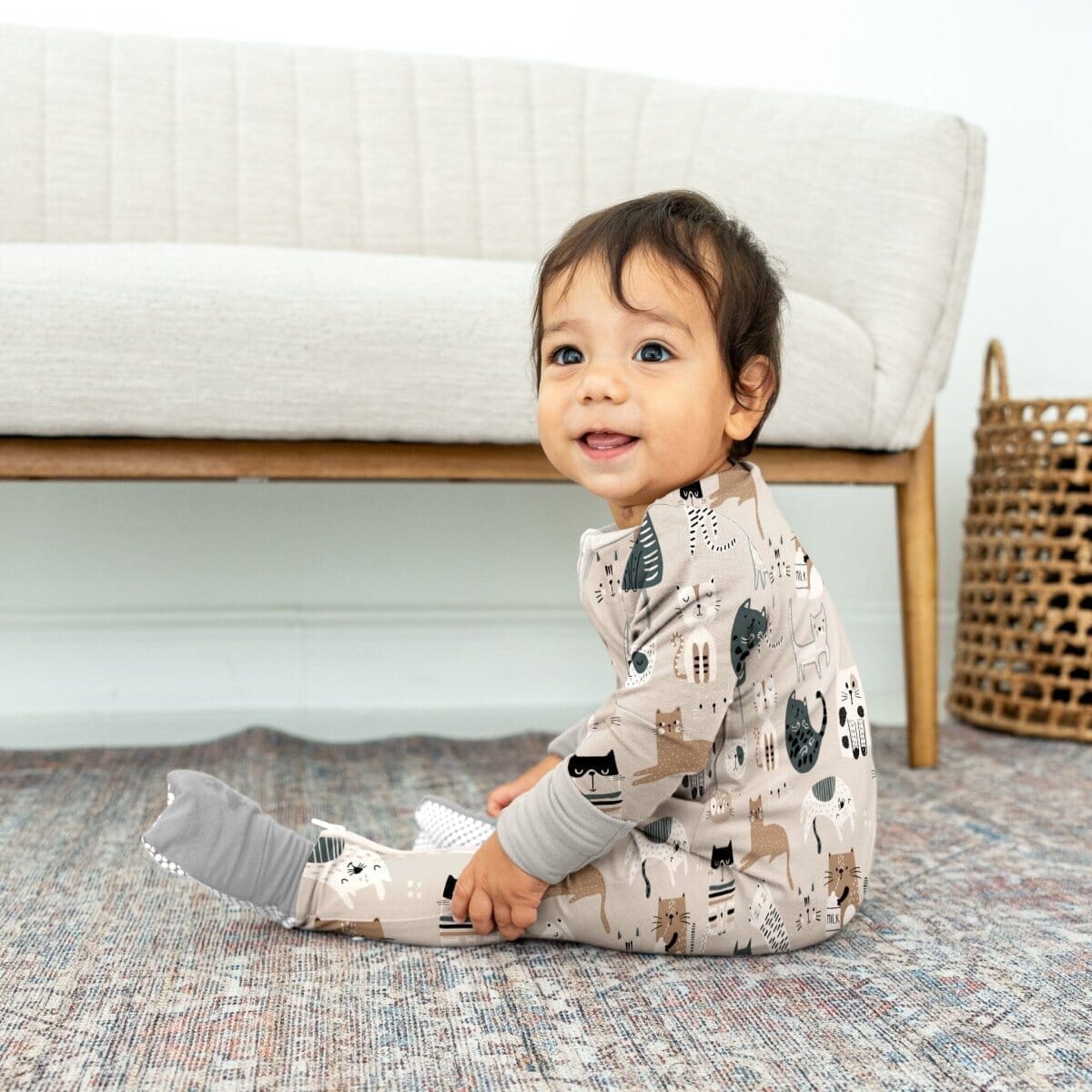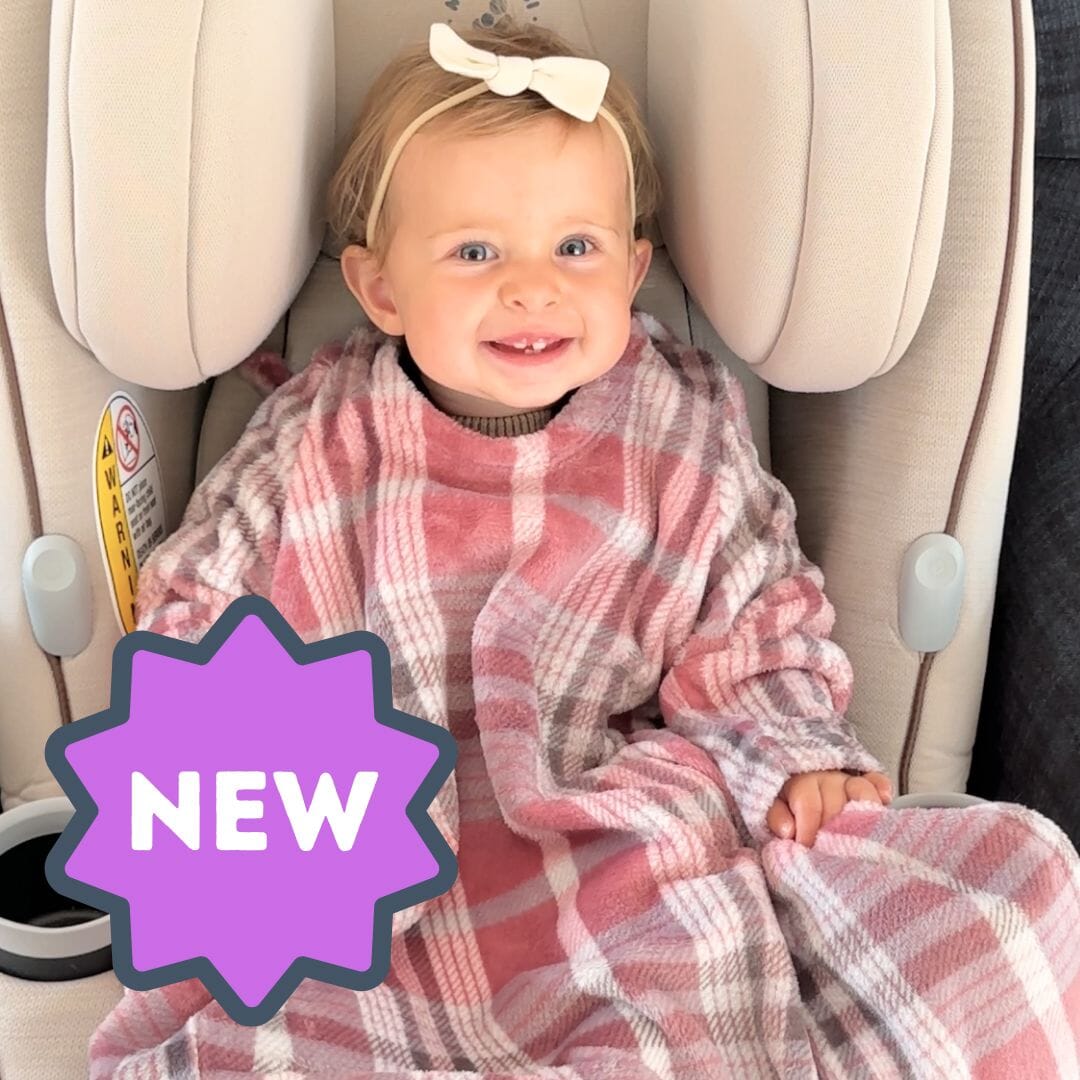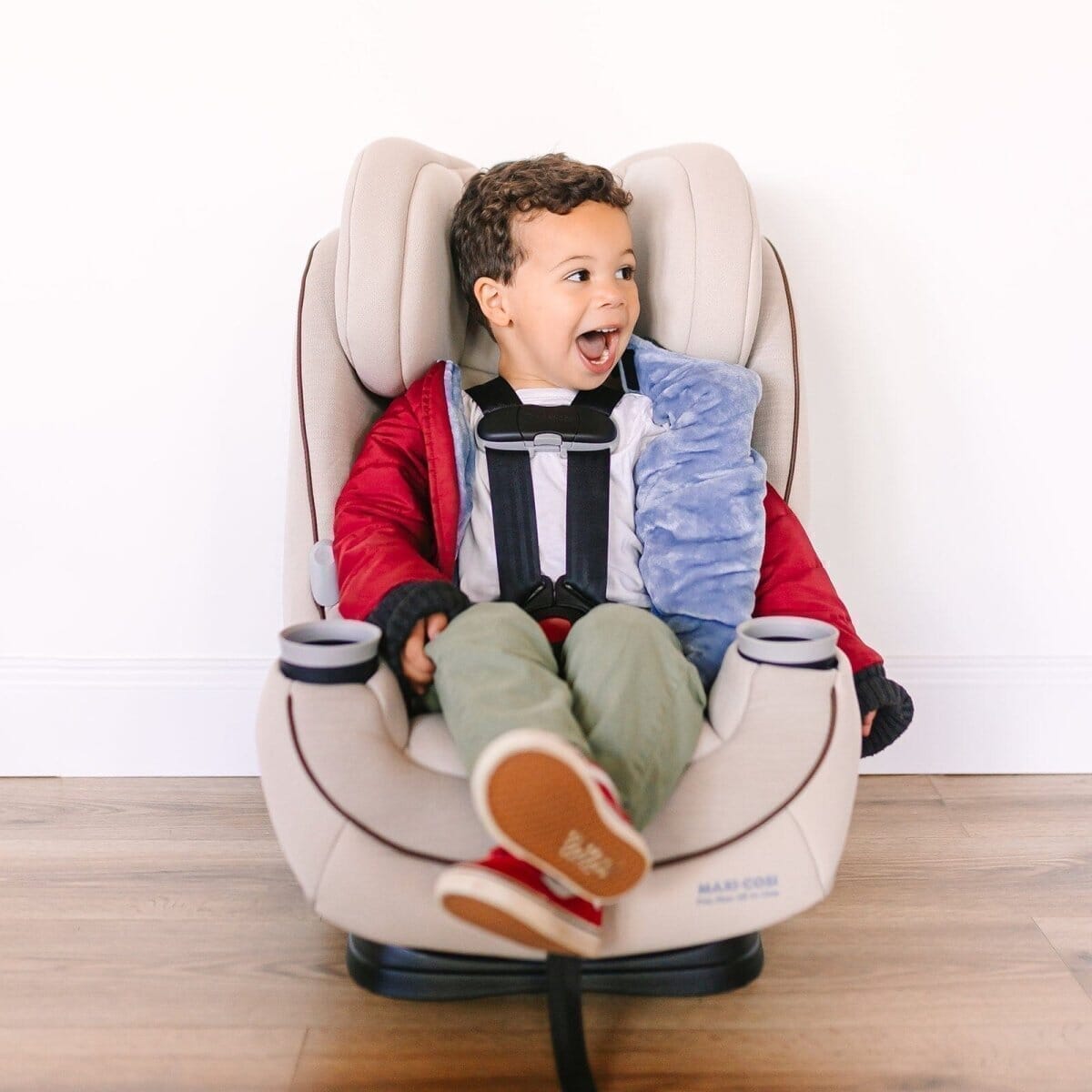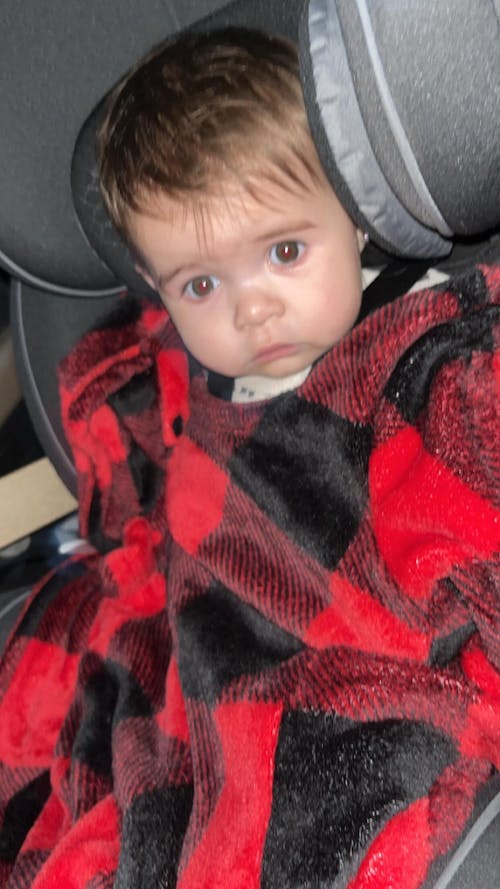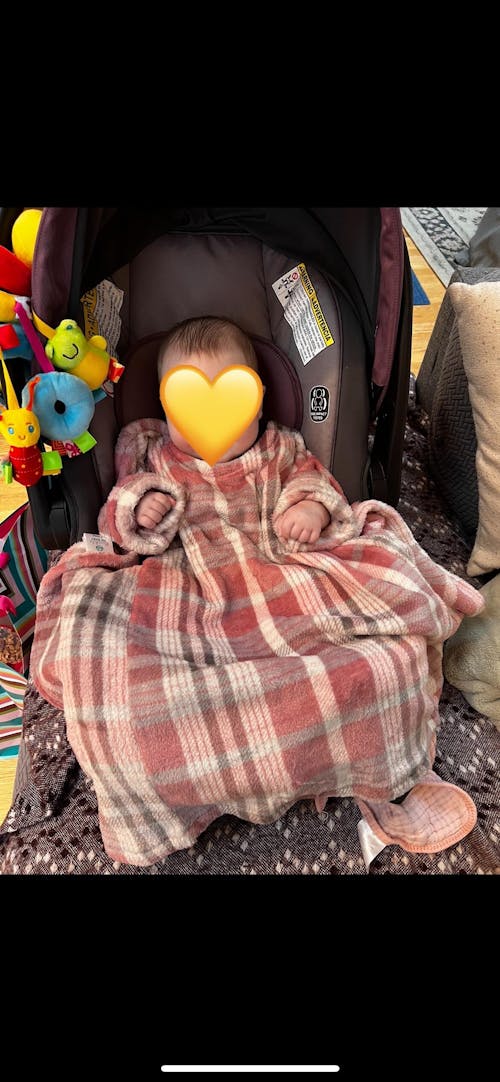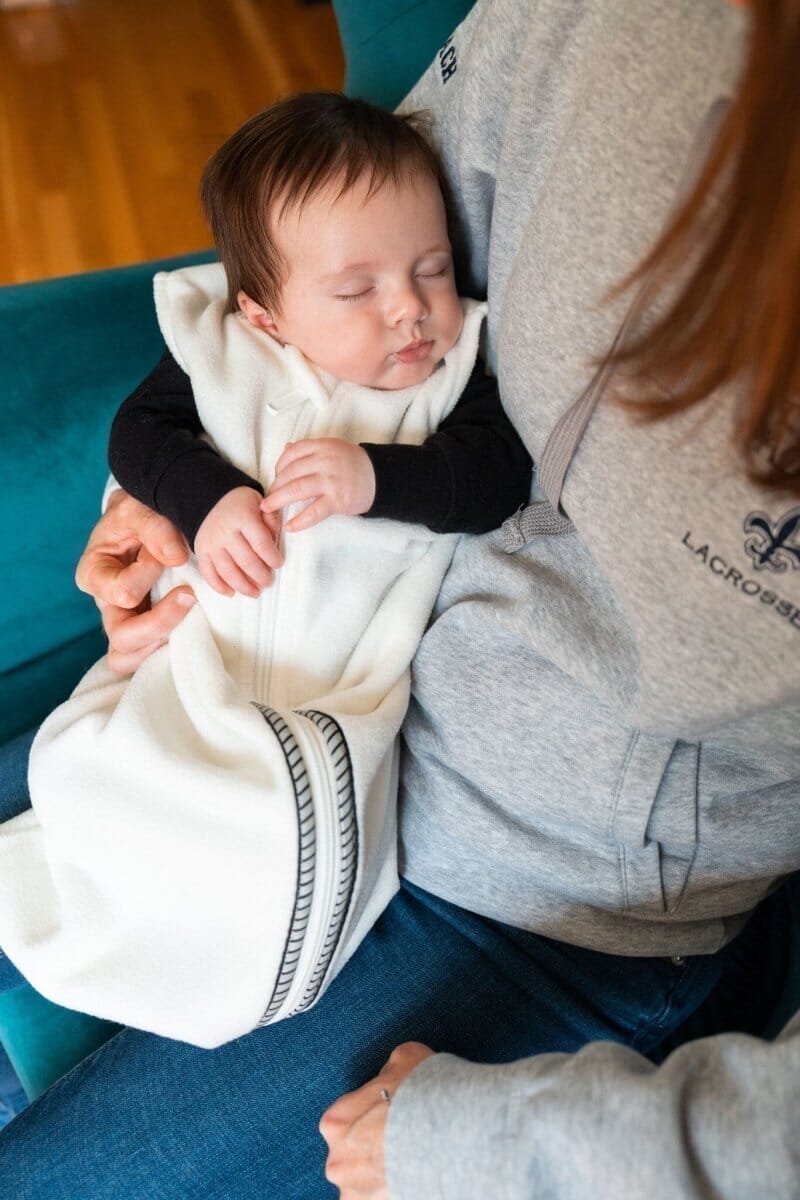

· By Barbara Digirolamo
Keeping Your Baby Safe During Sleep: What Every Parent Should Know
At Boston Children’s Hospital, our Injury Prevention Program is all about keeping kids safe, especially by helping parents prevent common injuries through education. One important topic that doesn’t always get enough attention is infant safe sleep, especially when it comes to understanding Sudden Infant Death Syndrome (SIDS). In honor of Safe Sleep and SIDS Awareness Month, we’re sharing some key information to help parents create a safe sleep environment for their babies.
What is SIDS and SUID?
Sudden Unexpected Infant Death (SUID) refers to the sudden and unexpected death of a baby under 1 year old, where the cause isn’t clear right away. After investigation, these deaths can sometimes be explained, but often, they fall under Sudden Infant Death Syndrome (SIDS), which happens during sleep and usually doesn’t have an obvious cause.
SIDS is most common in babies under 6 months, but it can happen anytime in the first year. Babies are at risk because they’re not very mobile yet, so if something blocks their breathing, like a blanket or being face down, they can’t easily move to free themselves. Also, their breathing systems are still developing, so if they overheat or start re-breathing the air around them, they might not wake up to cry for help.
How Can We Reduce the Risk of SIDS and SUID?
Every year, about 3,400 babies in the U.S. die from SUID-related causes. While not all of these deaths can be prevented, there are several things you can do to reduce the risk and make sure your baby is sleeping safely.
Here are four key steps to create a safe sleep environment for your baby:
-
Crib Setup: Make sure your baby’s crib has a firm mattress with a fitted sheet. Skip the blankets, pillows, bumper pads, and stuffed animals—these can pose risks for your baby’s breathing. Keep their head uncovered and the crib clutter-free.
-
Sleep Position: Always place your baby on their back to sleep, not on their side or stomach. This is the safest position until they are at least one year old.
-
Appropriate Sleepwear: Dress your baby for the temperature—nothing too hot. A wearable blanket, onesie, or infant-safe sleep clothing is best. Avoid heavy blankets or loose clothing.
-
Sleep Space: Babies should sleep in their own crib or bassinet, not in bed with adults, on couches, in car seats, or in chairs. The American Academy of Pediatrics recommends room-sharing (having your baby’s crib or bassinet in your bedroom) for the first six months, but not bed-sharing.
Need More Information?
If you have any questions about safe sleep practices or would like to learn more about the programs we offer, please feel free to contact the Injury Prevention Program at:
📧 InjuryPreventionProgram@childrens.harvard.edu
📞 (617) 355-7332
Remember, creating a safe sleep environment can make all the difference in keeping your baby safe and sound. 🌙

